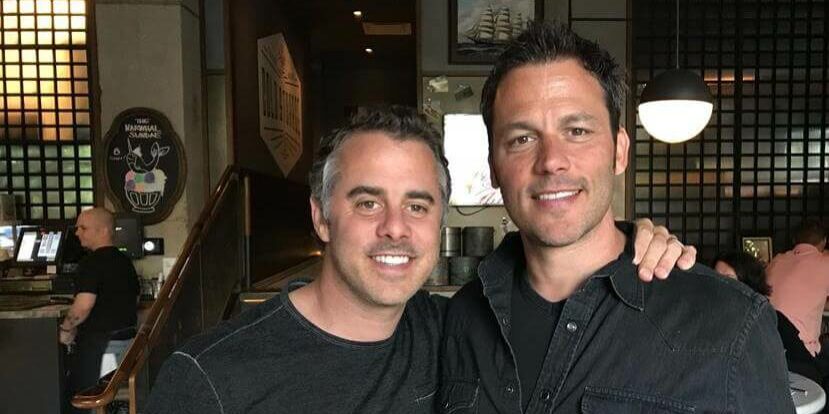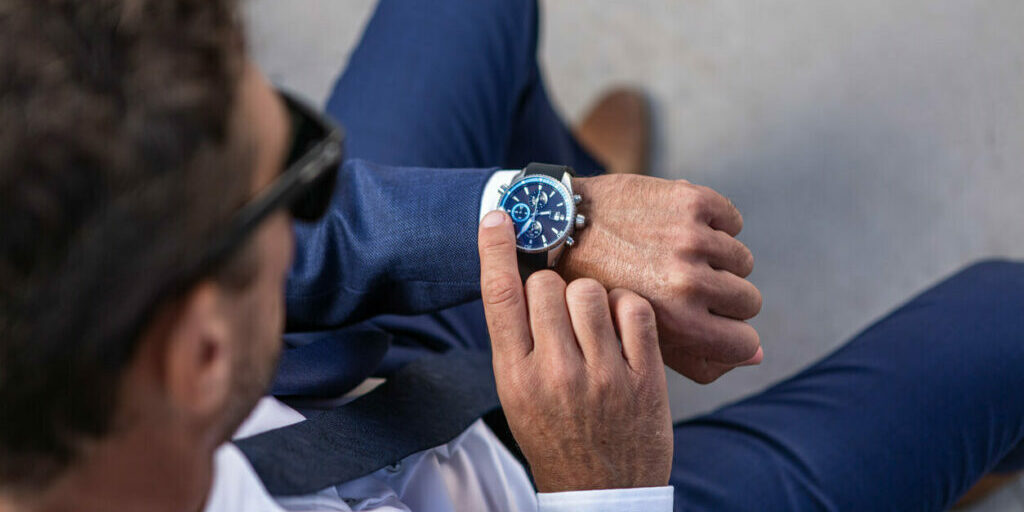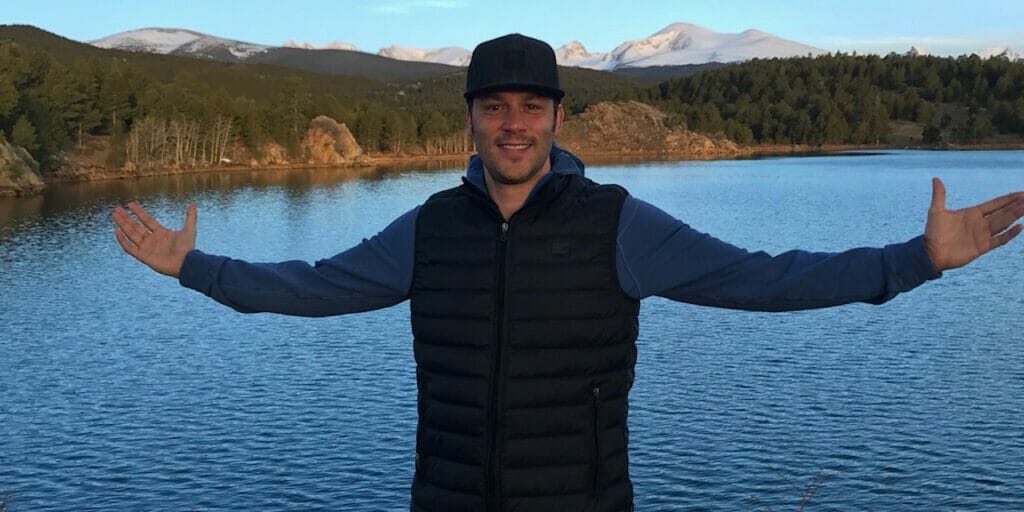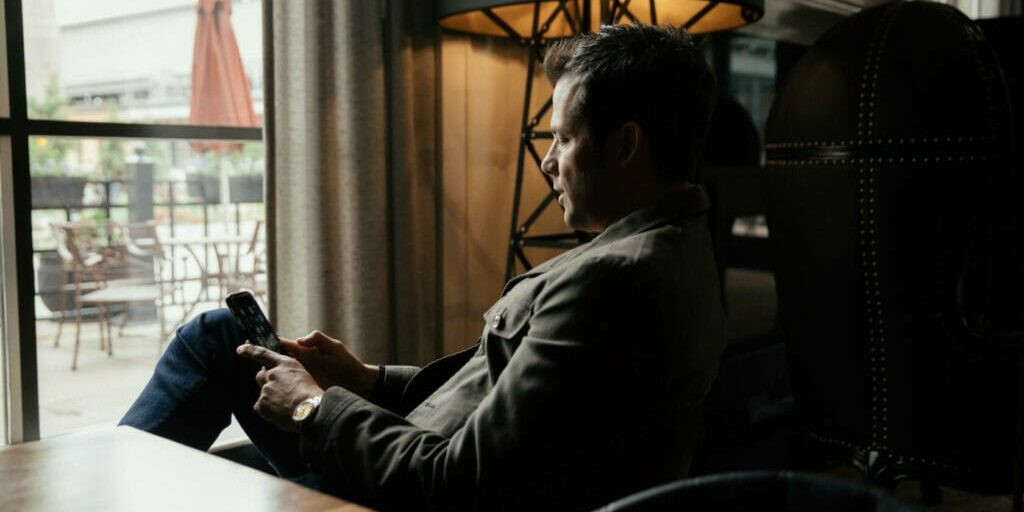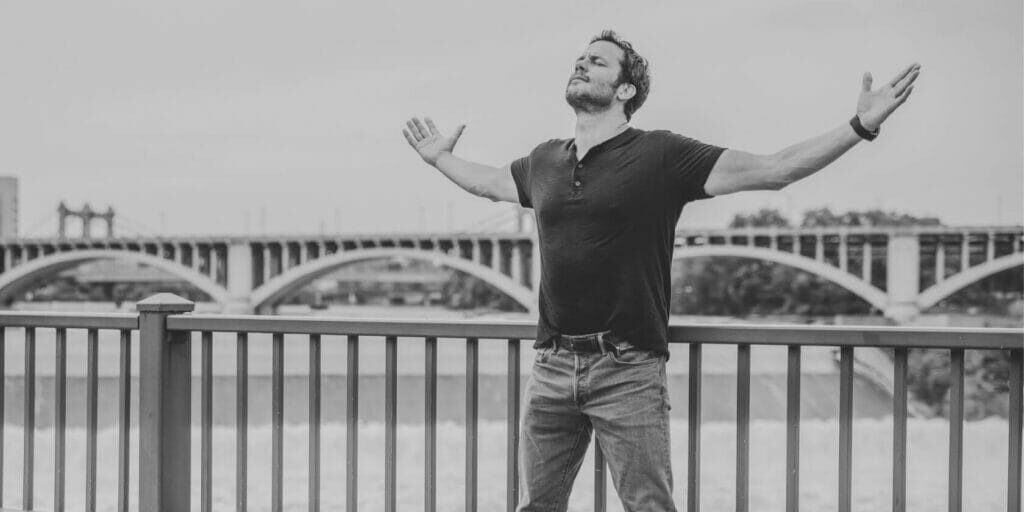I could feel my heart starting to pound. A wave of anxiety washed over my chest as I realized I was next in line. Pull it together, man! Why are you freaking out?! Calm down. I stepped up to the desk. The woman behind the counter asked for my name. It wasn’t my first time, so I know the routine and I knew what was coming next.
Contact info. Check.
Background info. Check.
Release Form. Check.
Now for the moment of truth: Time to check the vitals.
She slid the blood pressure cuff over my left arm and gave it a few quick pumps. I could feel the tightness set in around my bicep. I closed my eyes and tried to focus on my breath but I could feel my heart start to race. Please. Please. Please don’t freak out.
She released the pressure and I held my breath as we waited for the machine to give the reading. 135 / 90 flashed over the screen. My heart dropped.
“I’m so sorry. It looks like your blood pressure is a little too high to donate today, Mr. Mattison. Maybe next week.”
I could feel my eyes start to well with tears. I was counting on that $40 to fill my tank and pick up a carton of eggs for the coming days. Now I was leaving empty-handed. I could barely look at anyone on the way out.
As I sat in my car outside the blood platelet donation center, a wave of emotion overtook me. Tears poured down my face. I didn’t know how much longer I could hold on.
I started my speaking career at the beginning of the worst economic recession the world has ever seen. That meant the authors I had gone to work for weren’t in a position to pay me a full salary. While they did the best they could given the reality of the business climate, it was clear I’d have to find additional ways to make ends meet.
My dad had been in a life-altering motorcycle accident the year before, which left my parents living on half the income they needed to survive. Calling home for money wasn’t an option.
After asking around for ideas, I’d learned from a friend that you could donate blood platelets for money. The process takes about an hour and pays between $20 and $40 per session. You’re allowed to donate twice a week. I did the math. That was an extra $240 for the month. A car payment and a tank of gas.
If it meant I could continue my pursuit of becoming a world-class speaker, I was in.
Two months into my newfound revenue generator, I learned that if your vitals were a little off before making a donation, you weren’t allowed to give that day. If, say, your blood pressure was too high or you had a slight temperature, you weren’t getting in the chair, which also meant you weren’t getting paid.
Like Leonardo Dicaprio in Inception, the idea that an elevated heart rate could derail a donation was implanted in my mind.
The night before my next scheduled donation, the idea of being turned away and not getting paid started to creep into the back of my mind and I could feel my heart start to race. I kept thinking to myself, “I need the money. I can’t screw this up.”
Imagine for a second getting in your car and driving 30 minutes at 6 a.m., praying you can keep your heart rate low enough to qualify so you can put enough gas in car to get to work.
I got denied for the next two weeks.
I was losing control.
I was learning a painful lesson about the power of the mind.
The Power of the Mind
I spent the majority of the next few weeks lost in thought, worrying about the future (Would I be able to pay my bills and pursue this dream?) and feeling bad about the past (I can’t believe how weak and pathetic I am. I can’t even face this stupid vitals check.).
Have you ever been there?
Worrying about things you can’t control. Painting a picture of how bad things could turn out. Feeling bad about a decision or outcome you can’t change.
I was faced with the challenge: If I wanted to continue to pursue my dream, I would have to gain control over my mind and emotions. I had to learn to step into the present moment. To live in the now. I had to learn to become master of my emotions and thoughts and the stakes were high.
A helping hand appeared. One day at the bookstore, a little book called “The Power of Now” by Eckhart Tolle jumped off the shelf at me. In the book, Tolle describes the affliction most of us face on a daily basis. When we’re trapped in the past or agonizing over the future, we’re never actually present in the moment. We have zero control over our emotional and mental state and we allow outside influences to send us into an unconscious reaction.
The words on the page were describing my life. The answer was to simply focus on your breath and begin to notice your thoughts and emotions. No magic answers, just simple steps: Watch your thoughts. Notice how the range of emotions feel in your body. Be present with yourself.
After a few weeks of practicing, it started to click. I started to get control. My mind and my emotions were no longer running me. The practice of mindfulness has changed my life. It may be the single greatest contributor to my success today.
Back then, it was facing down a platelet donation for $40. These days, I’m no longer stressed about platelets — I’ve moved on to new challenges, like standing backstage preparing to walk out in front of a thousand people.
One of the great things about mindfulness is that it’s available to you in every moment. You can practice mindfulness right now — this very second — and plant seeds of peace and joy within yourself. I’ve made the choice to own my physical and emotional state. Maybe I can’t do it all the time, but I can always do it when the moment really matters.
5 Ways to Incorporate Mindfulness
To help you on your journey to the powerful present moment of NOW, here are a few simple tips to incorporate mindfulness into your everyday life:
- Choose to start your day rather than letting the day start you. Begin each day by simply noticing your breath before jumping out of bed.
- Nourish yourself. Mindfully eat your lunch by noticing the colors, taste, and smells of the food. Try actually tasting your food!
- Take walks between meetings and around work. That means no emails or texts — feel your feet on the floor, the air on the skin, and the possibility of greeting colleagues you pass rather than bumping into them while you stare at your phone.
- Throughout the day, pause and take five conscious breaths. Just notice the breath.
- Leverage my favorite mantra: Be Here Now. I use this mantra to check in with myself to see if I’m actually present to the moment and the people around me.
In good times and tough times, these small steps have made a big impact on my state of mind. I’m thankful that I’ve learned ways to steady and focus myself as I move forward in my career, and I hope these tips help you stay in the NOW.
In this video, Seth shares his tips on staying focused and productive:
VIDEO: Productivity & Focus with Seth Mattison — YouTube
Join Ryan for the Resilient Leadership Workshop
In this interactive, 3-hour virtual workshop, Ryan Estis shares the seven principles to resilient leadership that he has developed navigating disruption as a small-business owner and Fortune 500 executive. This course isn’t just about theory, though. Ryan brings each principle alive with real-life case studies and practical exercises to help you put them into action right away.




